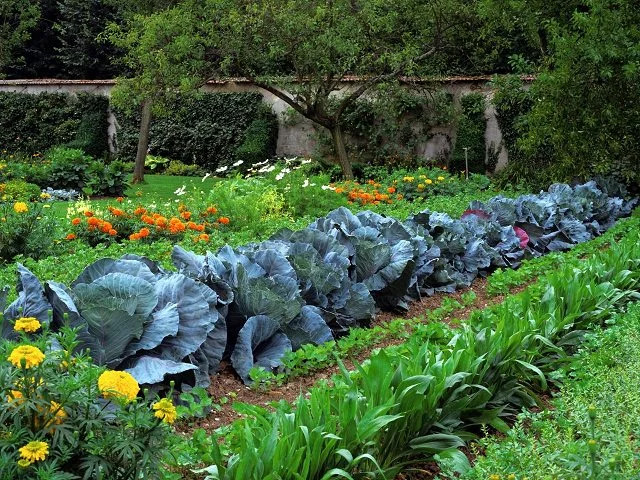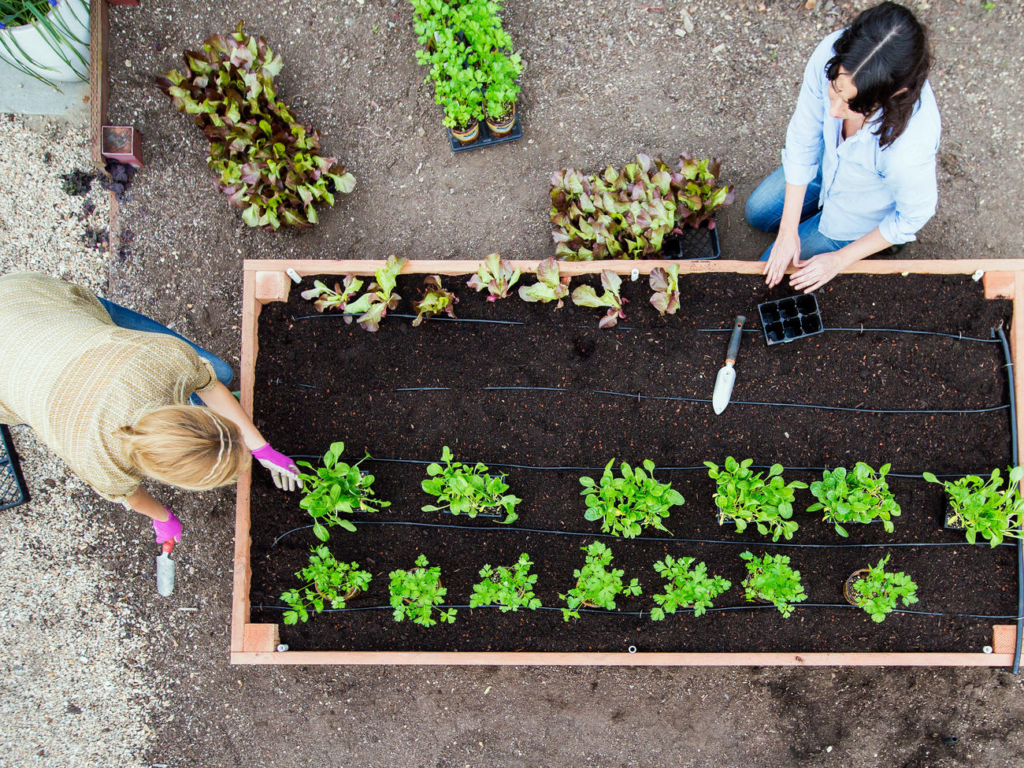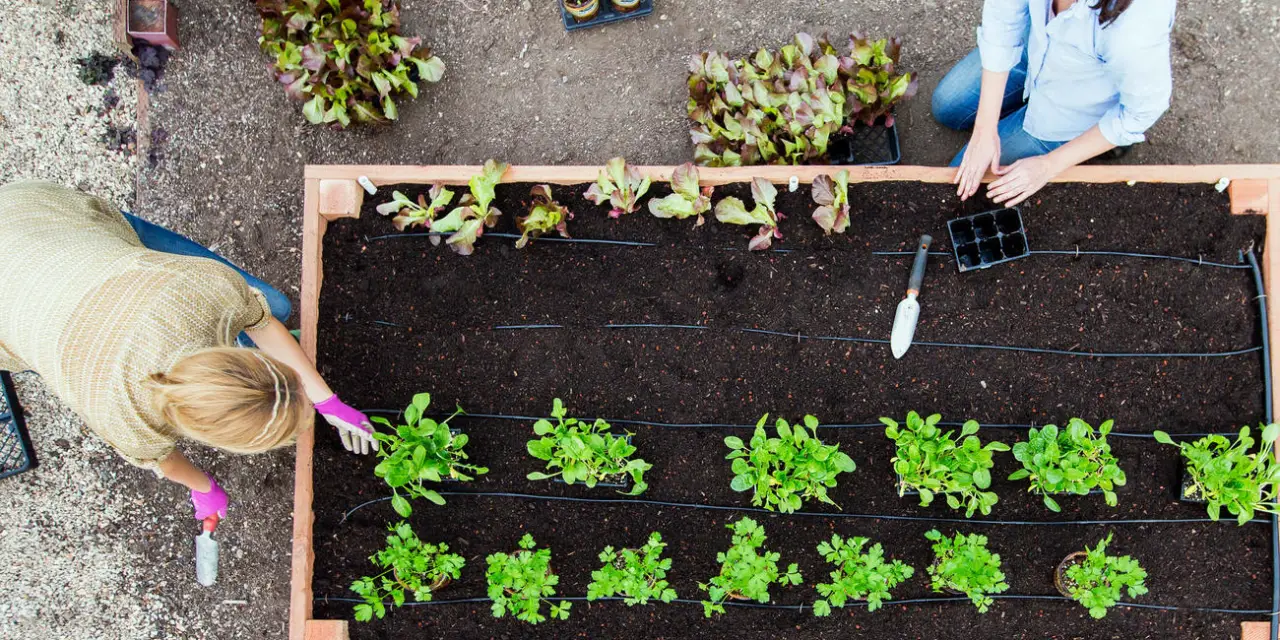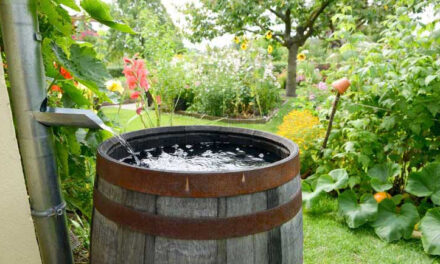In an age where sustainability and ecological responsibility are more important than ever, permaculture offers a beacon of hope and a pathway towards a more sustainable and harmonious way of living. Originally coined from “permanent agriculture,” permaculture has evolved to signify “permanent culture,” embodying a philosophy and approach to land use that mimics the resilient, sustainable, and self-sufficient patterns found in natural ecosystems. For the home gardener, integrating permaculture principles can transform gardens into thriving, sustainable ecosystems that require less maintenance, conserve resources, and yield an abundance of food and beauty. This guide will explore how to apply permaculture principles in the home garden.

Understanding Permaculture Principles
Permaculture is founded on three core tenets: care for the earth, care for people, and fair share (limiting consumption and redistributing surplus). From these, twelve design principles have been derived, offering a framework for developing sustainable systems. While each principle has its place in the garden, we'll focus on those most applicable to home gardeners.
1. Observe and Interact
The essence of permaculture lies in observing and interacting with nature. Spend time in your garden through different seasons; notice where sunlight falls, where water collects, and where wind travels. This understanding enables you to design your garden in harmony with natural conditions rather than against them.
2. Catch and Store Energy
This principle encourages capturing resources when they are abundant for use in times of need. In gardening, this can mean harvesting rainwater in barrels for dry periods, or planting deciduous trees on the south side of your garden to provide summer shade and winter sunlight.
3. Obtain a Yield
Your garden should provide returns for your effort. Beyond just food, yields can be aesthetic beauty, habitat for beneficial insects, or simply peace and enjoyment. Diversify your garden to ensure multiple yields and increase resilience.
4. Apply Self-Regulation and Accept Feedback
Learning from both successes and failures is key to a sustainable garden. Implementing a new composting system or crop rotation plan can have unexpected outcomes, and being open to adjusting your practices ensures continuous improvement.
5. Use and Value Renewable Resources and Services
Embrace renewable resources like compost, manure, and natural pest control methods. Utilize solar energy for garden lights or to power a small greenhouse. These practices reduce reliance on non-renewable resources and increase the garden's sustainability.
6. Produce No Waste
In a permaculture garden, waste from one process becomes input for another. Kitchen scraps go into the compost bin, shredded leaves mulch garden beds, and pruned branches can be chipped into pathways. This circular approach mimics natural ecosystems, where there is no waste.
7. Design from Patterns to Details
Nature operates in patterns: the branching of trees, the flow of water, the distribution of seeds by the wind. In your garden, mimic these patterns for efficiency and resilience. For example, use swales (shallow trenches) on contour to catch and infiltrate rainwater, reducing erosion and watering your plants at the same time.
8. Integrate Rather Than Segregate
In nature, everything is interconnected. Your garden should be too. Plant flowers among your vegetables to attract pollinators and pest predators. Grow climbing plants on trellises to create living screens. These practices create a more cohesive and supportive ecosystem.
9. Use Small and Slow Solutions
Big changes can have unforeseen impacts. Start small, allowing you to observe the effects and adapt as needed. Small, slow solutions are easier to manage, less likely to fail, and often more sustainable.
10. Use and Value Diversity
Diversity reduces vulnerability and increases productivity. Mix crops to reduce pest infestations, plant a variety of food plants to ensure a continuous harvest, and include native plants to support local wildlife.
11. Use Edges and Value the Marginal
The most interesting and diverse areas in ecosystems are often the edges, where two ecosystems meet. In your garden, utilize edges and marginal areas for unique planting opportunities, such as shade-tolerant plants under trees or moisture-loving species along a pond edge.
12. Creatively Use and Respond to Change
Change is inevitable, but it also presents opportunities for growth and improvement. Whether it's a changing climate, a new family need, or a community development, view change as a chance to adapt creatively and positively.
Implementing Permaculture in Your Garden

Start by assessing your garden and identifying what elements of permaculture are already present and what could be improved. Perhaps you already compost kitchen scraps but haven’t considered how to effectively catch and store rainwater. Or maybe you’ve been growing vegetables in the same spot each year without considering crop rotation or polycultures to improve soil health and reduce pests.
One practical step is to create a “guild,” a permaculture concept where mutually beneficial plants are grouped together. For example, a fruit tree can be surrounded by herbs that repel pests, ground covers that suppress weeds and retain moisture, and deep-rooted plants to mine nutrients from the subsoil.
Another approach is to develop a “zone” system, organizing your garden based on how often you use different areas. Zone 1, the area closest to your house, might include herbs and salad greens you harvest daily. Zone 2 could host perennial vegetables and bushes, Zone 3 is for main crops, Zone 4 could be semi-wild habitat for beneficial wildlife, and Zone 5, the most distant, remains a wild area for observation and reflection.
Final Thoughts
Embracing permaculture principles in your home garden is not about implementing every idea all at once but integrating these concepts gradually, in ways that make sense for your space, time, and resources. Permaculture is not just a set of gardening techniques; it's a philosophy that encourages us to live in harmony with nature, to observe and learn from the natural world, and to design our lives and gardens in a way that supports both the earth and ourselves. Through permaculture, we can create not only productive gardens but also healthier ecosystems and communities, one garden at a time.



















